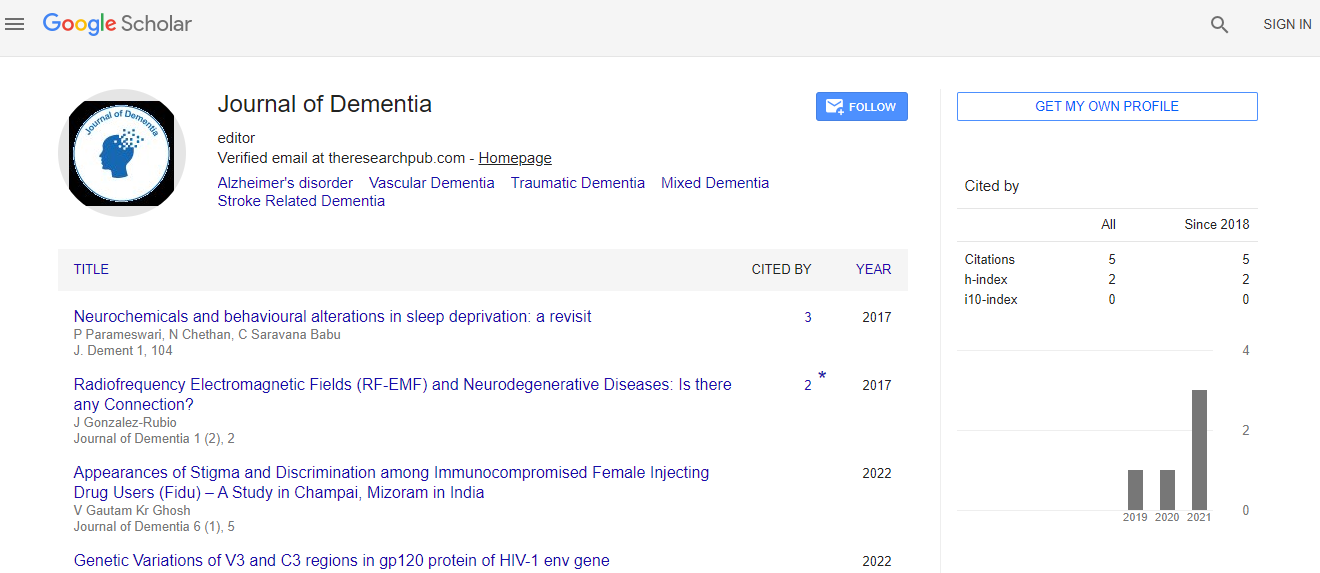Cholinergic status with quantitative EEG in healthy subjects and comparison of MMSE and CSF-biomarkers for patients suspected of dementia
*Corresponding Author:
Copyright: © 2020 . This is an open-access article distributed under the terms of the Creative Commons Attribution License, which permits unrestricted use, distribution, and reproduction in any medium, provided the original author and source are credited.
Abstract
Background: Recently, a new method introduced to measure the cholinergic status with quantitative electroencephalography (qEEG) based
on earlier observations of cholinergic and anticholinergic drugs EEG effects. The technique called Vigilance-index most likely could distinguish
healthy from early dementia patients and to identify responders to Acetylcholinesterase inhibitor treatment.
Objective: To evaluate (qEEG) variables, to distinguish healthy subjects from patients suspected of dementia and evaluate at follow-up
examination if Acetylcholinesterase inhibitor (AChEI) treatment influenced the qEEG and how well the Vigilance-index reflected cognition by MMSE
scores compared to Cerebrospinal (Csf)-biomarkers.
Methods: Average from four EEG epochs obtained with eyes closed (E.Cl.) and eyes open (E.O.), the peak frequency with eyes closed and
the Vigilance index (ratio of E.O./E.Cl. power) calculated. A healthy group and a group suspected for primary dementia was compared and the
suspected dementia group followed-up after approximately 12-14 months with or without acetylcholinesterase inhibitor treatment. Also, evaluation
of MMSE, qEEG and Csf biomarkers of suspected dementia patients at baseline and follow-up, to assess the best biomarker to predict cognitive
decline.
Results: When the healthy group compared with suspected dementia group at baseline, the Vigilance-index and average power of E.O.
increased and the mean peak- frequency decreased (p-values < 0.001***). At the follow-up for the suspected dementia group, the Vigilance index
of the untreated increased significantly (p-value <0.001 ***) but not for the untreated. The Vigilance-index were compared with MMSE and Csf
biomarkers at baseline and follow-up, the Vigilance-index reflect best pathological MMSE scores.
Conclusion: The Vigilance-index may be used to assess cholinergic deficits in patients with dementia also early in the course of the disease
and evaluate the effects of AChEI treatment. The best variable to correlate cognitive decline was the Vigilance-index compared to CSF biomarkers
for early suspected dementia.

 Spanish
Spanish  Chinese
Chinese  Russian
Russian  German
German  French
French  Japanese
Japanese  Portuguese
Portuguese  Hindi
Hindi 